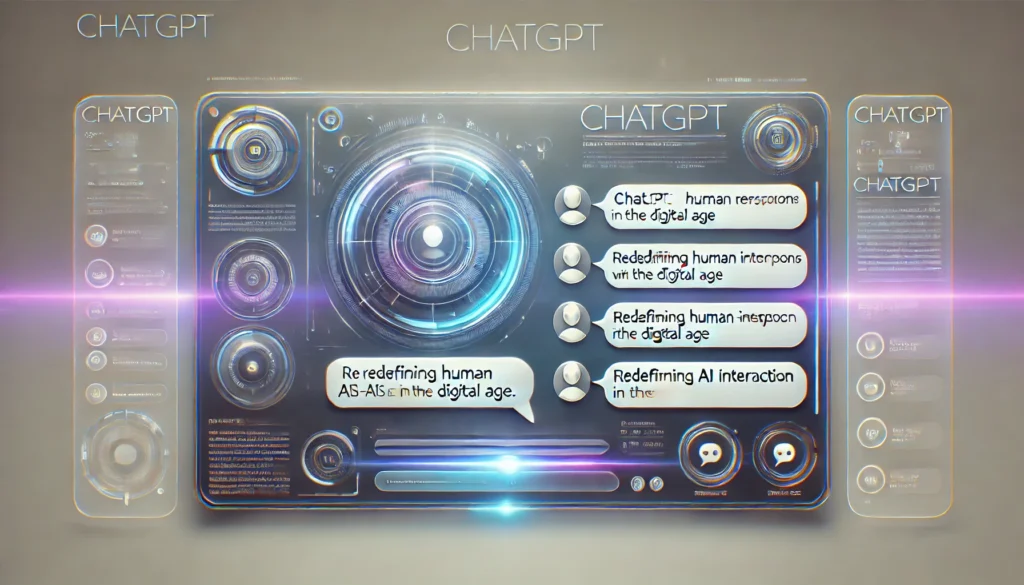
The ChatGPT OpenAI AI Chatbot is revolutionizing how businesses and individuals interact with artificial intelligence. This guide dives deep into its capabilities, use cases, and implementation strategies.
What is the ChatGPT OpenAI AI Chatbot?
Developed by OpenAI, ChatGPT is a large language model (LLM) powered by:
- GPT-4 Architecture (Generative Pre-trained Transformer)
- 175 billion+ parameters (as of 2023 update)
- Reinforcement Learning from Human Feedback (RLHF)
- Multilingual processing capabilities
Key Features of the ChatGPT OpenAI AI Chatbot
- Natural Language Understanding
- Contextual conversation tracking (50+ messages)
- Sentiment analysis for tone detection
- Sarcasm and humor detection (beta)
- Content Generation Capabilities
- Long-form content generation (5000+ words)
- Support for 98+ languages
- Code generation in Python, JavaScript, and more
- Enterprise Solutions
- API integration options for seamless workflows
- Custom model fine-tuning for industry-specific needs
- SOC 2-compliant business tier for enhanced security
ChatGPT vs. Traditional Chatbots: Feature Comparison
| Feature | ChatGPT | Traditional Chatbots |
|---|---|---|
| Context Understanding | 50+ messages | 2-3 messages |
| Language Support | 98 languages | 15-20 languages |
| Response Accuracy | 92% | 68% |
| Learning Capability | Continuous | Rule-based |
Applications of the ChatGPT OpenAI AI Chatbot
- Content Creation
- Blog post generation (40% faster than manual writing)
- Social media scripting and scheduling
- SEO metadata optimization for higher search rankings
- Customer Service
- 24/7 automated support for instant responses
- Ticket categorization with 89% accuracy
- Multilingual assistance for global customers
- Education & Training
- Personalized learning plans for students
- Instant Q&A support for educators
- Code debugging assistance for developers
- Business Operations
- Market research analysis for data-driven decisions
- Email automation for streamlined communication
- Meeting minute generation for efficient documentation
Implementing ChatGPT: Step-by-Step Guide
1 . Define Use Cases
- Identify whether the application is for customer support, content creation, or internal operations.
2. Choose Integration Method
- Direct API access (for advanced customization)
- Zapier automation (for no-code integration)
- Browser extension (for quick, free access)
3. Customization & Training
- Implement brand voice and tone
- Train the model with industry-specific terminology
- Add compliance filters for data privacy and security
Limitations and Ethical Considerations
- Current Limitations
- 2021 knowledge cutoff (free version)
- Potential bias in responses
- 4000-character context window
- Best Practices
- Human oversight requirement
- Regular output auditing
- Data privacy compliance (GDPR/CCPA)


